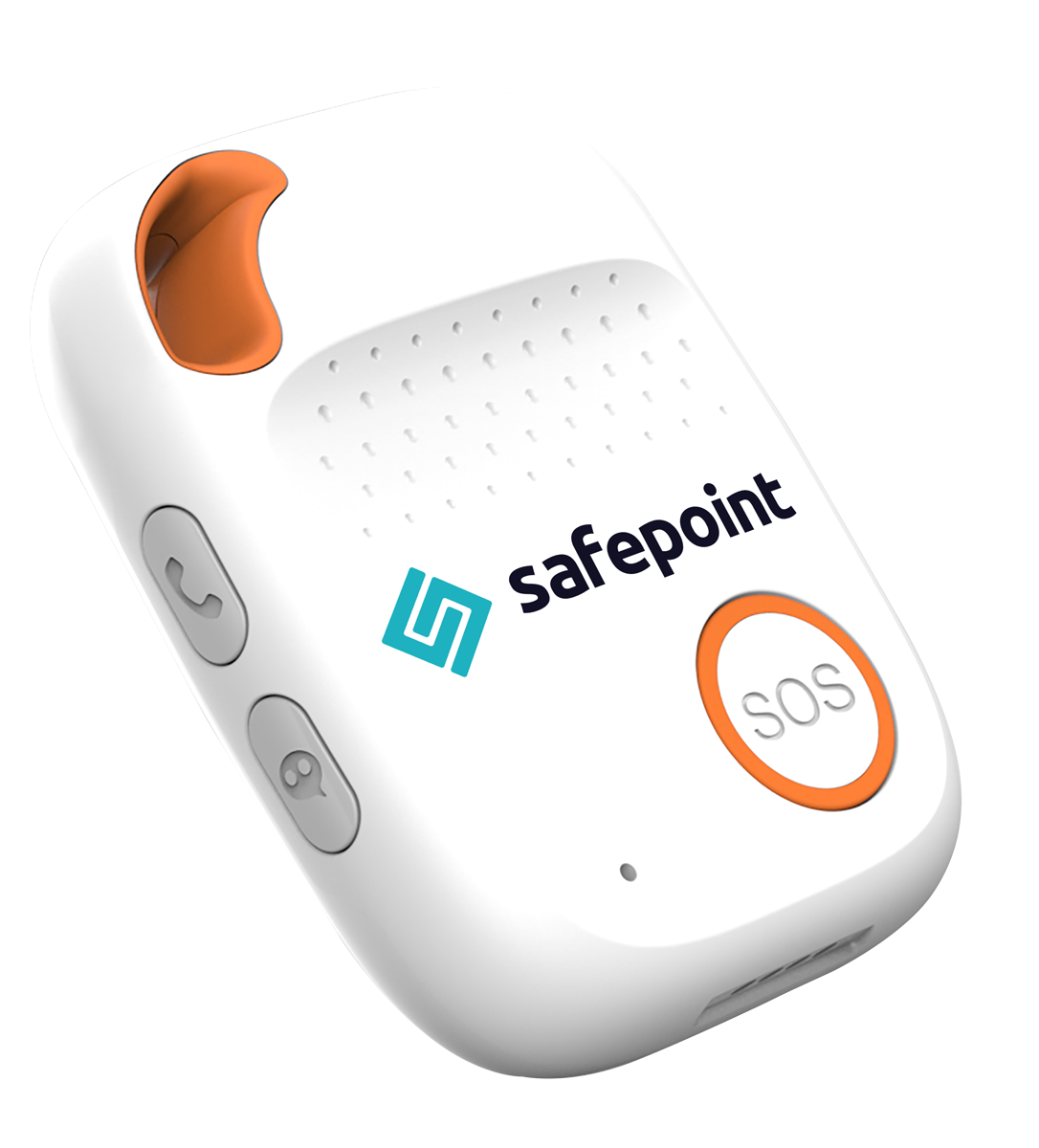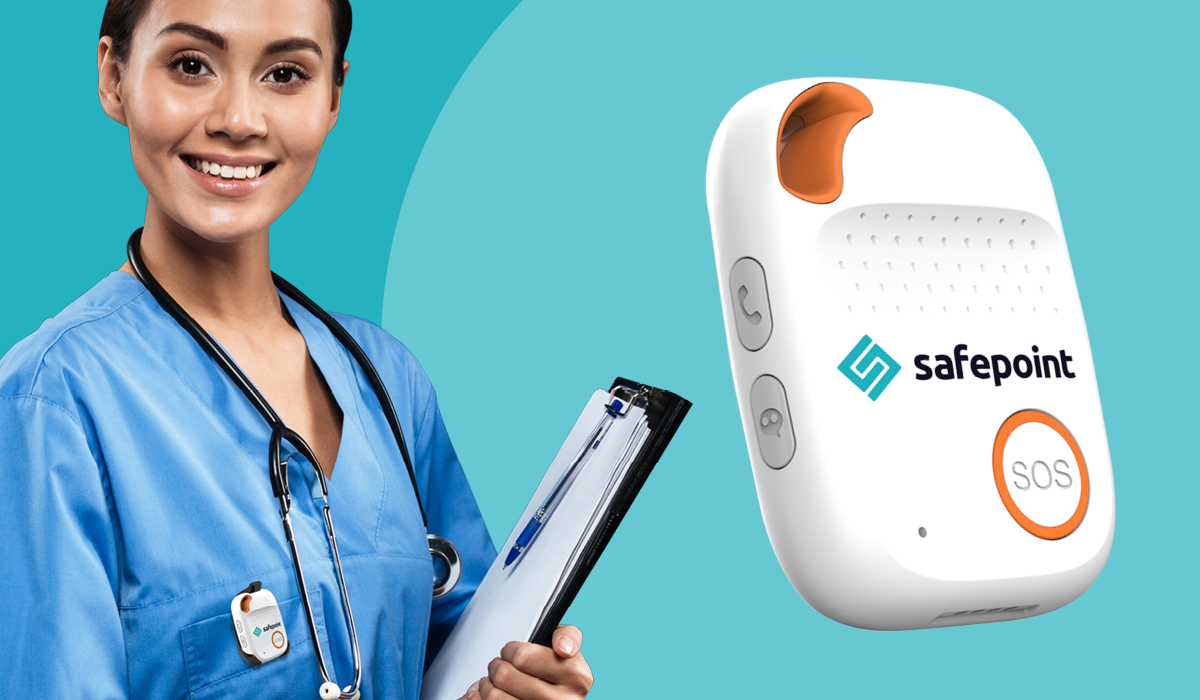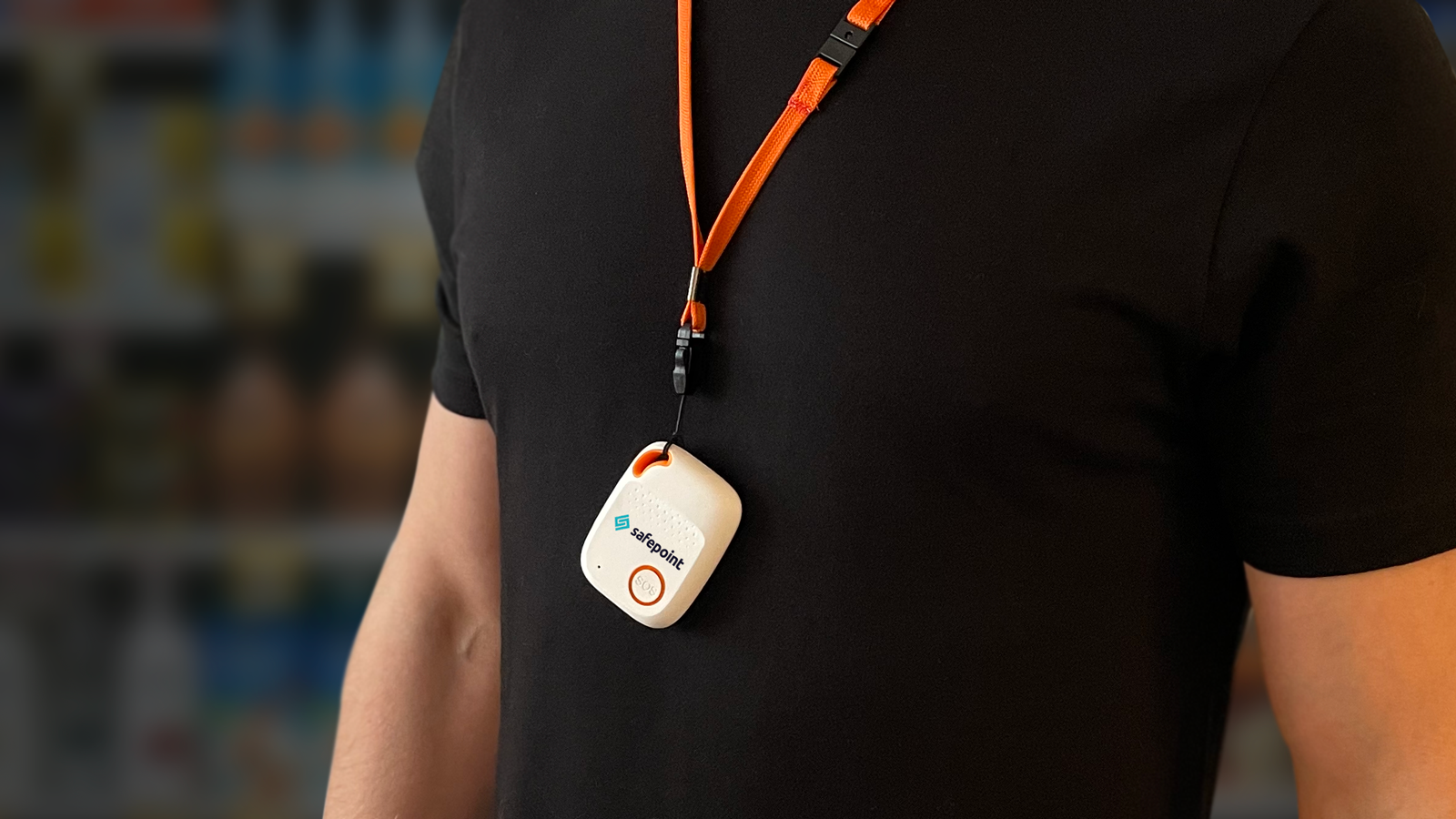What employers need to know about Washington State’s Isolated Employee and Lone Worker Safety Laws
As of January 1st 2026, Washington State will enact stricter safety and health laws for those who work alone (now referred to as “isolated employees”).
As experts in the isolated employee and lone worker space, we will explain in this article what the legislation says, who is affected, and what you, as an employer, need to do.
What’s the main change to the Isolated Employee and Lone Worker legislation?
Primarily, the new "Isolated Employees – Workplace Standards" legislation requires employers to provide “panic buttons” to certain high-risk employees, allowing them to call for help in the event of an emergency. The law also states which safety protocols need to be enacted for employers of isolated employees.
The law also reaffirms older Washington State “lone worker” legislation around (among other things) sexual harassment and sexual assault policies.
We’ll break down all parts of the new law in the sections below but, in short, if you are an employer in certain retail, property, or customer-facing fields and your employees work alone, you may face higher responsibilities than you have previously.
Which employees are affected by the new isolated employee legislation?
The new isolated employee legislation covers:
Janitors
Security guards
Hotel or motel housekeepers
Room service attendants
Who counts as an “employer”?
For the purposes of this law (according to the Washington State Legislature), an "employer" means “any person, association, partnership, property services contractor, or public or private corporation, whether for-profit or not, who employs one or more persons”.
Which sectors must meet the isolated employee standards?
The legislation affects employers in the following businesses and sectors:
Hotels
Motels
Retail
Security guard entities
Property services contractors
Who counts as an “isolated employee”?
An isolated employee works in one of the roles and sectors listed above (for instance, a motel housekeeper) and also meets one of the two following criteria for working alone:
Either: They work in an area where, if there were an emergency, two or more colleagues would not be able to “immediately respond” without the employee “summoning” them. The colleagues in this case include supervisors and coworkers.
I.e, if our hypothetical housekeeper were attacked in a motel room, would two of their colleagues be able to immediately help them? If not, they would be deemed “isolated”.Or: they spend at least 50% of their working hours without a supervisor or colleague present.
What should employers do to protect isolated employees in Washington State?
In broad strokes, the new law requires employers to:
Provide appropriate, effective panic alarms along with training on proper use
Provide support and training around areas such as sexual assault and harassment
Provide support resources for isolated workers
Providing legally mandated panic alarms
Isolated employee panic alarms help workers raise the alarm in the event of a threat or an emergency. Often these are small, specially designed, wearable devices with an easy-to-press distress signal.
Once pressed, the devices will send an alert via radio, wifi, or the cell network. This is then received by a supervisor or other trusted guardian who has the capacity to respond.
Washington State mandates that isolated employee panic alarms must provide certain features at a minimum. Keep reading to learn about each requirement and best practices for meeting the legislation:
1. Designed to be carried
Panic alarms must be “designed to be carried by the isolated employee”
– While this doesn’t explicitly state “wearable”, “designed to be carried” rules out anything too bulky or hard to manage while isolated employees are carrying out their tasks. Many of these devices can be worn around the neck, on a lapel, on the wrist, or on keys.
We’d recommend thinking about what device and carrying system best suits your employees and their tasks.
2. Easy to trigger
Panic alarms must be “simple to activate without delays caused by entering passwords or waiting for the system to turn on”
– This requirement rules out many cell phone-based isolated worker apps –apart from the Safepoint Lone Worker App. This app has been specially designed with one-touch alarms accessible from the lock screen and can work with or without a password. If an app-based solution is best for your team, the Safepoint App is for you.
Otherwise, a dedicated, standalone device will probably provide the best protection for most employees.
3. Dependable signal and response system
Panic alarms must provide an “effective signal for the circumstances when activated”
– With panic alarms (alongside other threat-to-life devices), it’s crucial that workers are provided unbroken coverage throughout their entire workday.
If your employees work inside, outside, or a mix of the two, this coverage can be difficult to manage. It’s important to test these products throughout your workplace to make sure there are no connection deadspots.
Systems like Safepoint’s flagship Lone Worker Device for isolated employees are designed to work on multiple levels of connectivity, so that workers never fall out of connection. Features like WiFi connectivity can help make sure that there are no deadspots.
4. Fast and accurate emergency responses
Panic alarms must be able to “summon immediate assistance and allow responders to accurately identify the isolated employee's location”.
– Clearly, when an emergency alert is triggered, it’s crucial that the employee receives help as quickly as possible.
Notably, the law specifies that the isolated employee’s location is shared. This is why more low-fi solutions (like radios) may not be appropriate. Instead, employers should look for isolated worker and lone worker devices that are specifically designed to share location information –preferably in real-time.
The law also states that panic alarms must be able to summon “another worker, a security guard, or a representative of the employer”. In large workplaces with many employees, this can be difficult to manage. Isolated employee experts, Safepoint, provide a 24/7 alarm monitoring service that integrates with your chosen on-site responders, ensuring every alert is seen, escalated, and acted on quickly and effectively.
What does an isolated employee panic alarm look like?
In the image above, you can see the Safepoint Lone Worker Device. It has been designed to provide the highest standards of lone worker and isolated employee protection and is provided by Safepoint, which has been protecting isolated employees for nearly a decade.
The device provides an easy-to-press SOS button, WIFI and cell network connectivity, a multi-network SIM card (for even better coverage on the move), and a practical, wearable design.
The device can be worn on a lanyard or clipped to an employee’s clothing. Once pressed, it will send an alert, along with live coordinates, to a dedicated Alarm Receiving Center, which will manage a swift and professional response.
The device can even work in tandem with Location Beacons so that responders can figure out the exact floor and room an alert is coming from.
The panic alarm can also be assigned to individual employees, so the responders know who they are looking for. The employee can even add their identification and emergency information so that responders can provide the best possible help.
If you’re concerned about deploying panic alarms that meet Washington’s legal requirements, get in touch with one of Safepoint’s expert team members, who will be able to help.
Providing isolated employee panic alarm training
On the subject of panic alarm training, the Washington State legislature is very brief, stating simply that organizations must “Inform isolated employees on how to use panic buttons” and “inform managers and supervisors on the responsibility to respond to the use of panic buttons”.
This means that the legislation does not seem to require formal training, but rather an explanation of how employees should use the panic alarms and how supervisors and managers should respond to them. If you’re not confident in this, providers like Safepoint offer full training as part of their setup package.
Other responsibilities for employers of isolated employees
As well as the above, organizations that employ isolated employees should (according to the Washington State Legislature) ensure they:
Adopt a sexual harassment policy. You can find more information on employment sexual harassment in this Washington State Human Rights Commission document. You can find versions in alternative languages here.
Provide “mandatory training” to “managers, supervisors, and isolated employees”. The training should aim to:
Prevent sexual assault and sexual harassment in the workplace
Prevent sexual discrimination in the workplace
Note: You can find more information on the above topics at the Washington State Human Rights Commission website.Educate their workforce about “protection for isolated employees” who “report violations of a state or federal law”. You can find out more about reporting safety and other violations at the Workplace Complaints page on the Washington State Department of Labor and Industries website.
Provide a list of resources for the isolated employees to utilize. At a minimum, the resources must include contact information for the Equal Employment Opportunity Commission, the Washington State Human Rights Commission, and “local advocacy groups focused on preventing sexual harassment and sexual assault”. We recommend you explore these advocacy groups yourself, but you can start by looking at the Washington Coalition of Sexual Assault Programs.
What happens if an organization fails to meet its isolated employee duties?
If the Department of Labor and Industries finds a “willful” violation of these employment duties, it may order the employer to pay a penalty of $1,000. A separate fine will be issued for each violation.
For a “repeat wilful violator”, the employer may be fined $2,000-10,000 for each violation.
In Summary, what does Washington State’s 2026 Isolated Employee Law say?
From 2026, a crucial piece of Washington State legislation will require certain employers to provide extra training, support, and equipment to their “isolated” employees.
Employers of janitors, security guards, hotel or motel housekeepers, and room service attendants (who meet the appropriate criteria) will need to provide:
Guidance and resources around sexual assault and harassment
Resources explaining the isolated employee’s workplace rights
Effective isolated employee panic alarms – alongside guidance on how to use them
If you are unsure about any element of the legislation, or whether you are eligible, you can read the workplace standards legislation in full here.
For more information on isolated employee (lone worker) devices, you can get in touch with Safepoint’s friendly team. Safepoint has been providing isolated employee solutions for nearly a decade and can help get your business up to code.







